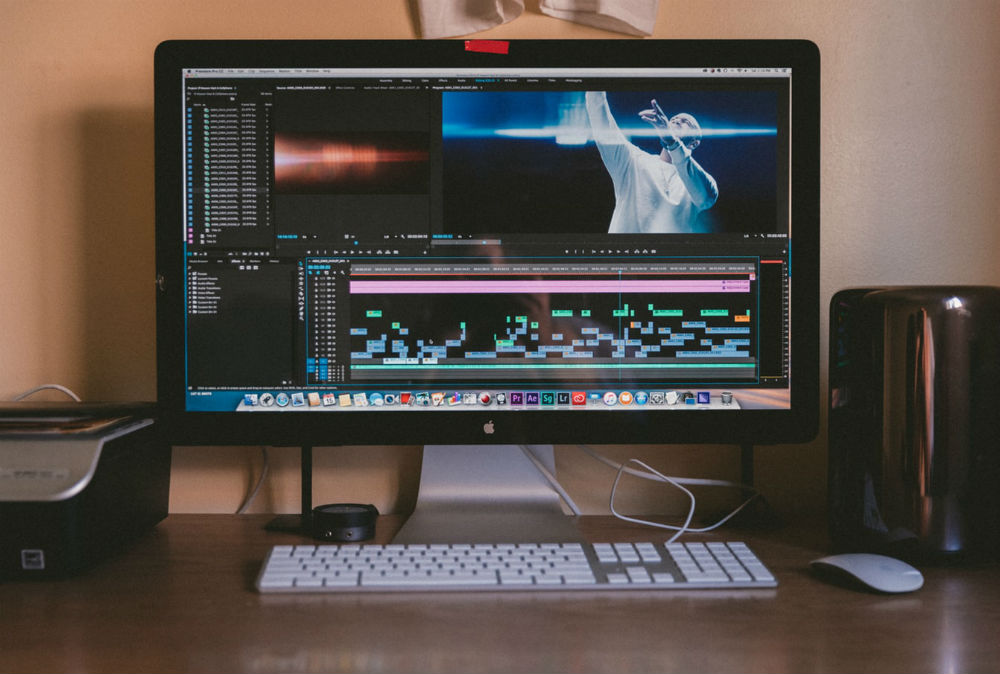Once the cameras have done their part, it is time for post-production. The director of the movie usually takes this call. The movie moves into the final stages, which is known as the post-production phase. How important is this phase, and what are the nuances of the same?
In this article, let us find out more about the same under the following sub-topics, namely,
- Pre-production
- The Post-production Process
- What are the different types of editing systems in Post-Production?
Let us take one sub-topic at a time.

-
Pre-production
This is a process in which research, scouting for a location, and casting takes place. It is also called the pre-liminary phase, which is an essential part before the commencement of the post-production phase. Once the shooting is over, the process of post-production usually begins.
For location scouting, you can either carry out the shoot in open spaces or hire a Miami multimedia studio if the shoot is taking place in Miami. There are many other reliable studios in the area of your choice.
-
The Post-production Process
It is a well-coordinated phaseand is a “collaborative” procedure. The post-production duration depends on the length of the movie and also on the availability of the equipment and cast members and the personnel that will carry out the process.
The time generally is between a few months and a year. Also, the duration depends on the availability of funds and allotment of budget. And for this reason, it is sometimes seen that movies get stalled due to certain hindrances. Once these hiccups are not present, the post-production phase resumes.
The entire process has the following steps-
- Editing
- Editing sound
- Visual effects
- Music
- Color mixing and correction
- Sound mixing
- Graphic and images
- Trailer
-
What are the different types of editing systems in Post-Production
In the yesteryears, the process of post-production was a manual procedure, wherein, physical strips of the film had to be cut and then put together. However, with the advent of digital editing platforms, the process has become simpler.
The process is carried out in the non-linear form. The non-linear digital platform allows for faster and simpler procedures.
You first upload the media files to the machine. Then make folders for specific sequence and categories. The files get digitally saved and organized as per the sequence. How you handle the files is the same as when you handle other files and folders.
You assign a track for every element of the movie. These elements include videos, sound effects, visual effects, and you can edit these elements to adjust according to your requirement.
You will come across different types of editing systems as far as movie editing is concerned. You can make use of any of the procedures depending on the requirement. These systems are as follows-
- Adobe Premiere
- Avid Media Composer
- Final Cut Pro
Last but not least, you can explore all of the above options depending on the availability of time. And if you have worked with a particular post-production system before and it is proven and tested, you can opt for the same to save time.